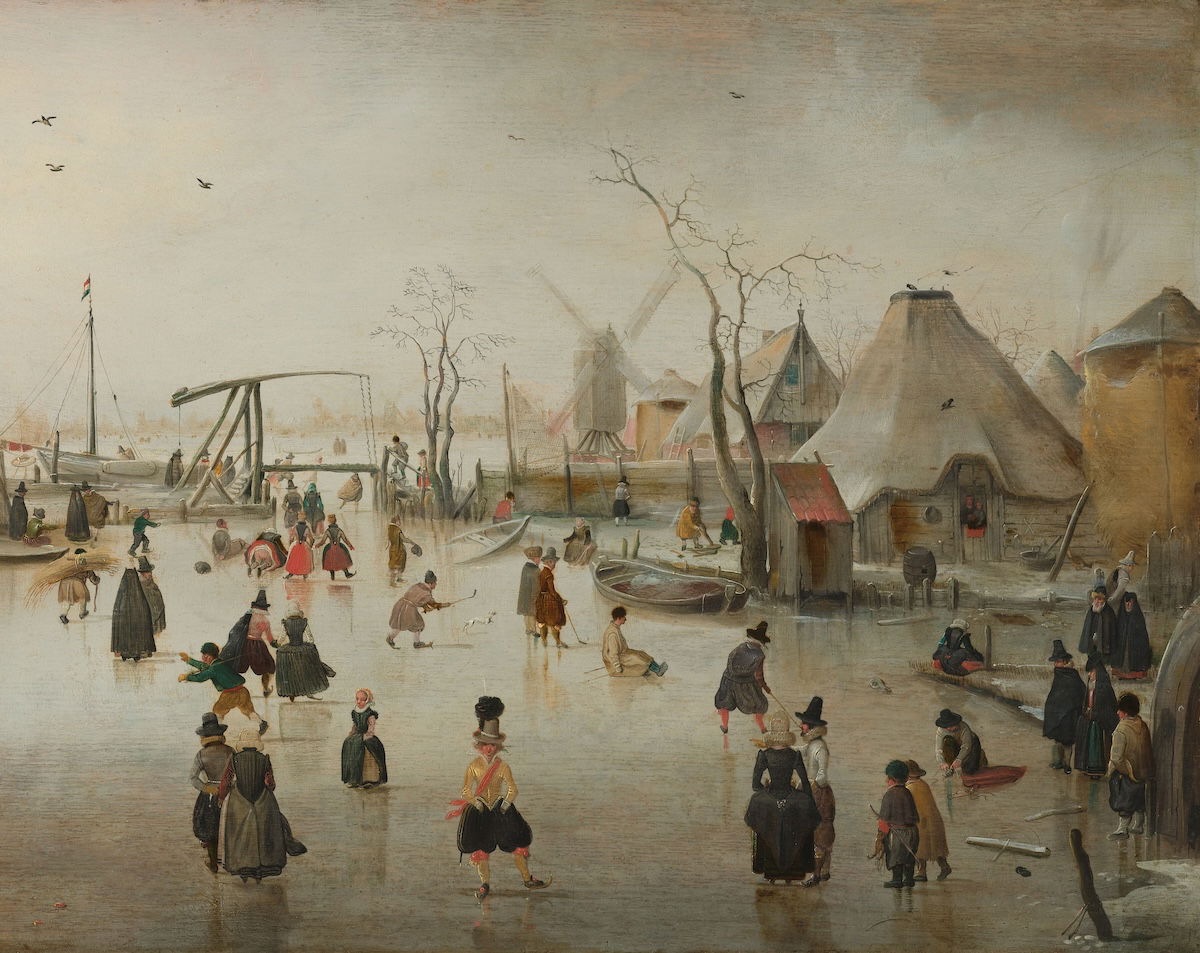Who to Blame for Early Modern Climate Change?
The changing climate of the Little Ice Age forced radical thinkers to reconsider humanity’s place in the universe.

The sky in the northern hemisphere had been darkened, the winters unusually harsh, and the summers barely arriving for decades when the German Lutheran author Johann Arndt published his Four Books on True Christianity in 1610. Arndt warned his readers that:
when the sky burns like this, and the sun turns blood-red, it is telling us: Behold, one day I will perish in fire. In this way, all the elements speak to us, announcing our wickedness and punishments.







